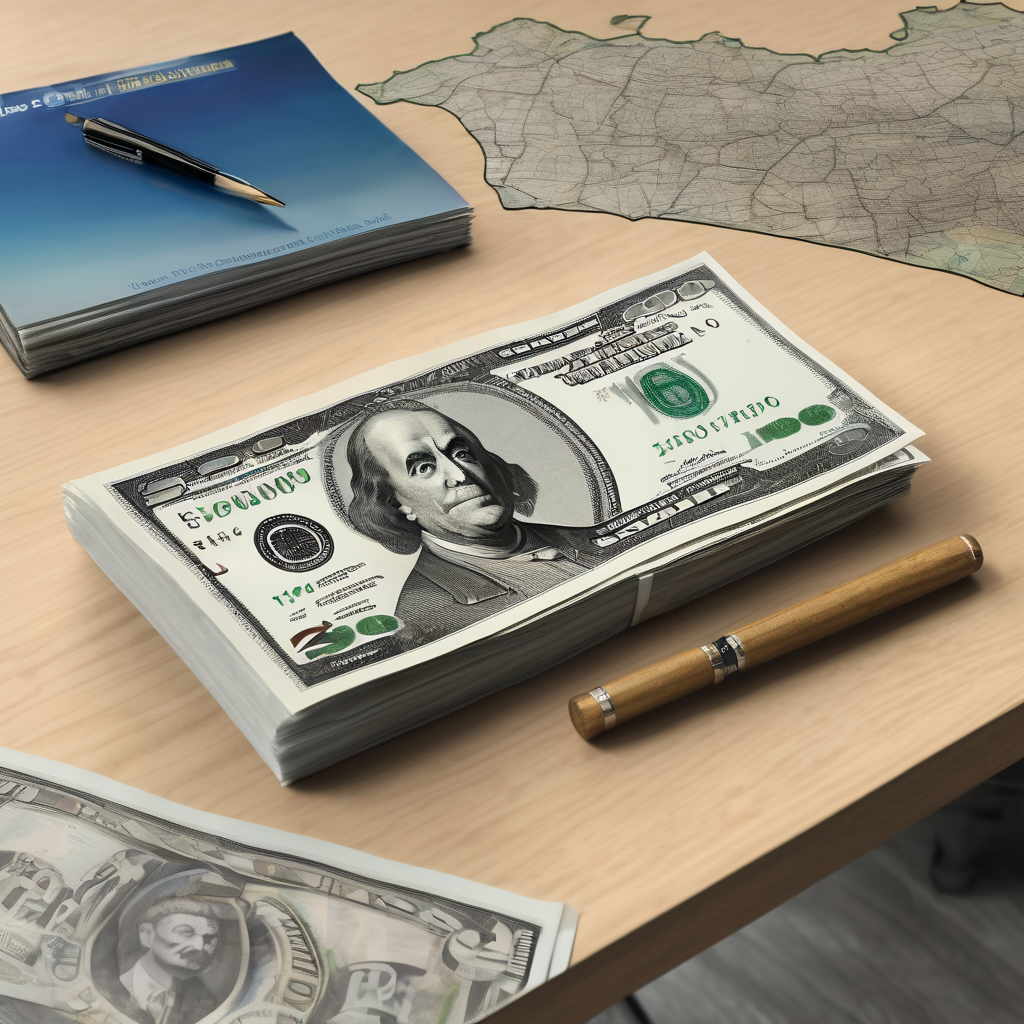In a recent post on his Truth Social media platform, former President Donald Trump announced a bold proposal aimed at providing American families with a substantial financial dividend, claiming that revenue generated from tariffs could allow for a payout of at least $2,000 per person. This assertion follows disappointing election results for the Republican Party, where economic grievances, particularly concerning the cost of living, were highlighted by voters.
Trump emphasized that the tariffs imposed on imports are proving effective, stating that they are generating significant revenue for the federal government. According to the former president, this influx of cash could facilitate the promised dividend, excluding higher-income individuals. Yet, experts have expressed skepticism regarding the feasibility of this idea. Erica York, a vice president at the nonpartisan Tax Foundation, stated that the numbers simply do not add up, recalling an earlier and similarly ambitious proposal during Trump’s tenure that aimed to distribute checks funded by federal budget cuts.
Scott Bessent, Trump’s former Treasury Secretary, added to the skepticism during an appearance on ABC’s “This Week.” He admitted he had not discussed the dividend notion with Trump and suggested that rather than direct checks, any form of rebate might instead manifest as tax cuts.
In fiscal terms, the tariffs are indeed generating revenue, with figures reported at $195 billion for the year ending in September, marking a notable increase from $77 billion the previous year. Nevertheless, this revenue constitutes less than 4% of the federal income and does little to alleviate the substantial federal budget deficit, which currently stands at an alarming $1.8 trillion.
Analysts like John Ricco from the Yale University Budget Lab estimate that the annual revenue from tariffs could reach between $200 billion and $300 billion; however, funding a $2,000 dividend for every American, which would amount to $600 billion if all individuals, including children, were included, appears unfeasible. Furthermore, the implementation of any dividend program would necessitate congressional approval, as Trump lacks the authority to unilaterally issue such payments.
The future of Trump’s tariff strategy remains uncertain, particularly as the U.S. Supreme Court hears legal challenges regarding the administration’s authority to impose such tariffs. The justices expressed doubt over Trump’s claims of broad powers to declare national emergencies as a rationale for the tariffs. Should the court reject this basis, it could lead to situations where importers are refunded for the tariffs they’ve paid rather than American families receiving the anticipated dividend.
Economists and fiscal analysts tend to agree that the burden of tariffs is ultimately passed onto consumers, who face higher prices for imported goods. As the Tax Foundation’s York succinctly summarized, instead of proposing dividends that might not materialize, the focus should be on eliminating tariffs altogether to provide genuine relief for American households.
While the concept of a tariff dividend sounds appealing, the challenges in calculation, legislation, and public perception create a complex landscape for its realization. The dialogue surrounding tariffs and economic policy remains vibrant as stakeholders assess the best approaches to enhance financial stability for American families.
